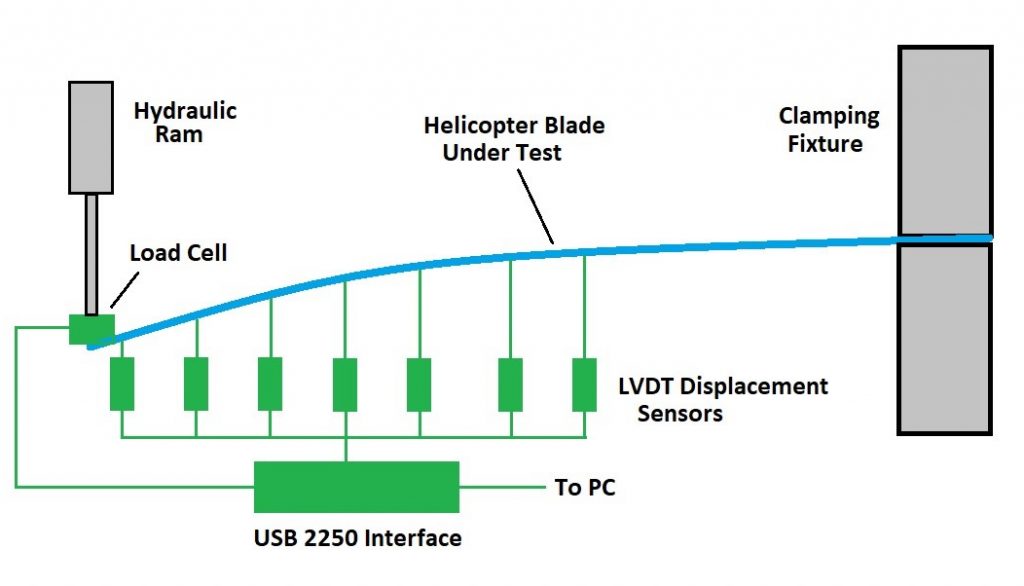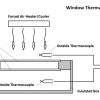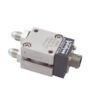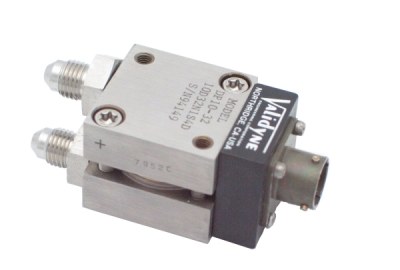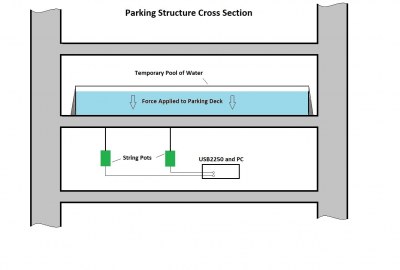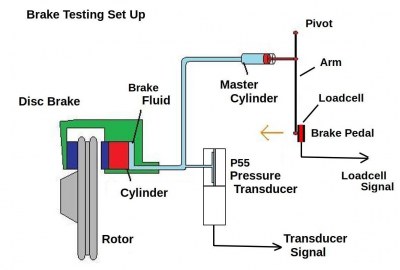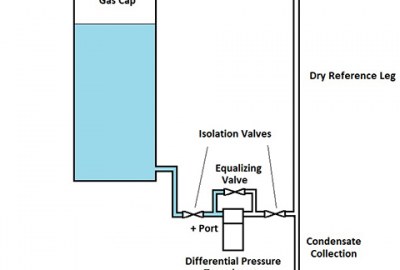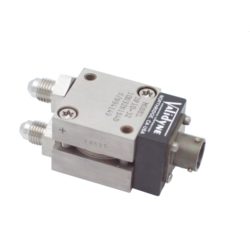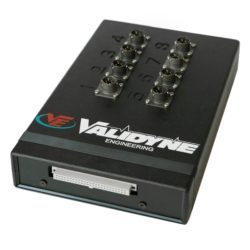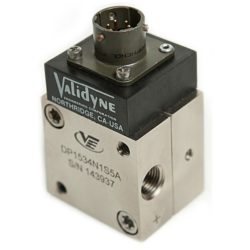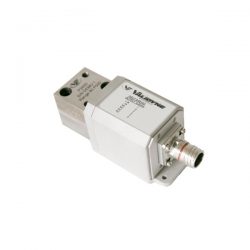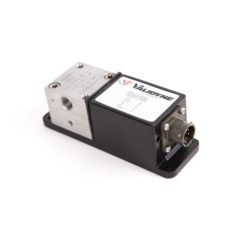Aerospace, Military
Testing Helicopter Blades for Flex
Helicopters are a common sight in the sky and are used for many important tasks. Rotors are used to provide lift and the large blades on these rotor assemblies often rotate at rates of 300 RPM or higher, depending on the helicopter type. The rotor blades must be strong, yet flexible – the attack angle of the blade is varied by the pilot to maneuver the helicopter in flight.
Helicopter rotor blades are dynamic devices, but a static test is typically performed during manufacture to verify the strength and mechanical properties. The rotor blade is mounted horizontally to a stationary fixture at one end, and a hydraulic ram is affixed to the other end. A series of LVDTs displacement sensors are arranged along the length of the blade and a strain gage load cell inserted between the hydraulic ram and the tip of the blade. As pressure is applied to the ram, it flexes the blade. The ram moves the blade in two directions during the test. The force applied to the blade is sensed by the load cell and the LVDTs measure the amount of bending in the blade (see figure below). The ratio of applied force in each direction to the amount of bending over the length of the rotor blade is an important measure of its strength and flexibility.
The Validyne UPC2100 and USB2250 data acquisition systems can used to interface to the sensors. Long stroke AC LVDTs used to sense displacement can be wired directly to the UPC/USB DAQ. The UPC/USB DAQ which provides all required AC sensor excitation, demodulation, A/D conversion and records the displacement directly in inches of displacement. Similarly, the full-bridge load cell can be wired to the UPC/USB. All required DC excitation, amplification and A/D conversion is supplied as well as conversion directly into pounds of force for recording. Ultimately, a graph of force vs displacement at each measurement point along the rotor blade can be created and this is compared with historical data to insure that the blade has the required strength and flexibility. This can be done using the Easy Sense software or on LabVIEW using our free VI drivers.
Similar configurations of hydraulic ram, load cell and LVDT sensors can be adapted to test a variety of parts and structures for flexibility and strength. Spring-loaded suspension assemblies, large steel pieces and even entire structural elements of buildings can be statically tested to verify their strength. With the fast data acquisition rates provided by the USB series of interfaces, dynamic testing can also be accomplished on those items where a driving force is available such as a shaker table or vibration fixture.
if you found this article useful, click here to subscribe to our newsletter for monthly emails with application notes and product solutions. Feel free to contact our sales engineers at sales@validyne.com for more information on the products and solutions in this application note. You can find out more about the USB2250 and Validyne’s other DAQ offerings by visiting the DAQ product page.
Comments are closed

